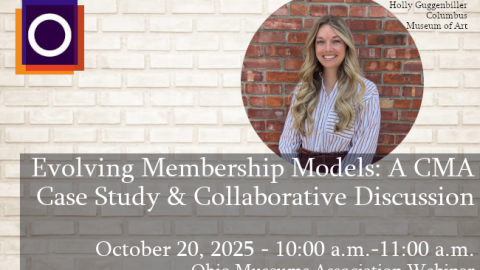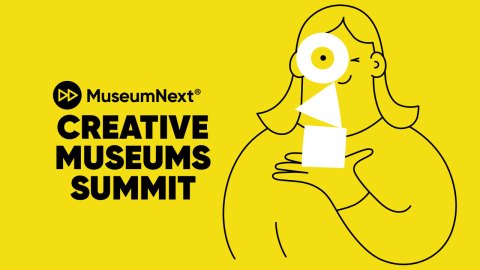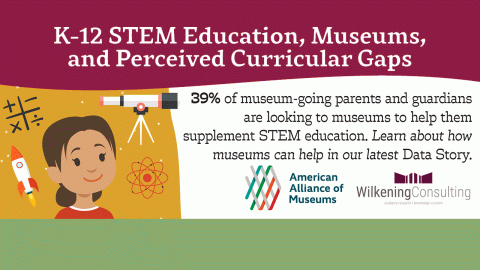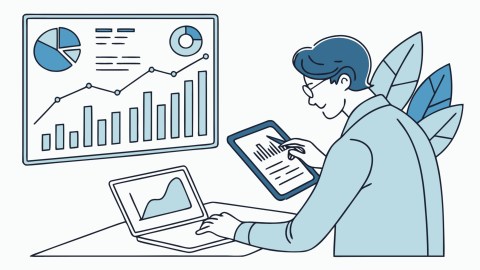Last Friday I moderated a virtual breakout session for the Smith Leadership Symposium, organized by the Balboa Park Cultural Partnership. Their focus this year was on organizational innovation, and in preparation for the event, I provided registrants with some scanning on the trends shaping today’s workplace and workforce. BPCP graciously gave permission to share some of this prep material with you. If this topic is of interest to you and your organization, please join me and Smith Symposium participants and others for a TweetChat on Thursday, Sept. 20 at 3 p.m. (ET), hashtag #smithsymp, to hash things out.
The Office of the Future
Workplace 2020 forecasts that within a decade the U.S. workforce will be multigenerational, culturally diverse, > 50% female, mobile and concerned about sustainability. Increasingly, the workforce will be composed of independent contractors rather than traditional employees. They will engage in work that is highly collaborative, using mobile technologies and powerful data analysis tools. With many people engaging with their coworkers via mobile devices and cloud computing, the actual work “place” will have very specific functions—facilitating social interactions and providing access to high tech tools. This short video demonstrates a what a workplace can look like when you downplay cubicles and corner offices and focus on collaborative spaces, or, as the video puts it, “Giving up ‘I space’ for ‘we space’.”
Generational Trends
The workplaces of the next few decades will need to be configured around the behavior and expectations of Gen Y—the “Millennials” born in the 1980’s and 1990’s. These twenty- to thirty-year-olds don’t want to make coffee and answer the phones while working their way up the ladder, clock in from 9-5 or be told exactly what to do and how. They want their workplace to be social and fun, they expect flexible hours and autonomy over their work. In response, some major companies are experimenting with the gamification of work environments for training, socialization, team-building and motivation. Some companies have designed their work environments around the philosophy that play and fun can help inspire their employees to design more innovative ideas, products and services.
Technological Transformations
Technological trends—including the explosion of mobile devices, cloud-based data, and a reliance on social networks—are pressuring employers to support teleworking and loosen restrictions on the use of social media. As the 2011 The Future of Workplaces report (PDF, 40 pages) notes, “the very meaning of commonly used phrases such as ‘showing up for work’ and ‘normal working hours’ is changing.” Managers need to both embrace the resulting opportunities and manage the resulting stress. We need to be cognizant of the fact that the Internet has literally shaped the brains of our young employees, fostering “continuous partial attention” to tasks. In response, we (i.e., managers of a certain age) can provide technological and management environments that are friendly to this mode of engaging with information.
Cultural Change
As our standards for a desirable work environment change, so do our measurements of success. You may be familiar with the movement that originated in Bhutan to measure Gross National Happiness as an alternative to Gross Domestic Product—creating a holistic index of a country’s prosperity. The Happy Planet Index from the New Economics Foundation (NEF) puts an environmentalist spin on this concept, factoring in ecological impact to create a measure of sustainable happiness. Now NEF has fielded a Happiness at Work survey. As the project leaders explain in this short video, happiness at work isn’t just a “fluffy term,” it’s a way of making your business more sustainable and profitable. These aren’t fringy theorists—one of the project’s backers is Tony Hsieh, founder of Zappos, the world’s largest online shoe store, which was bought by Amazon for $1.2 billion in 2009. Microsoft gets it, too. This author notes that the software giant knows “if you measure employee happiness to changes in their work and physical environments, management can make the necessary changes to increase productivity. Using the data, ethical leaders will rebalance the work environment to support greater collaboration, serendipitous encounters, informal knowledge flows and more profit.”
The Org Chart of the Future
The transparency of data inside organizations, the ability for employees to connect with each other and with outside collaborators via social media and the desire of cultural organizations to collaborate with their constituents may all combine to drive fundamental shifts in the traditional organizational structure. A 2010 report by Gartner (available for purchase here but summarized by a Gen Y “digital native” in this blog post) describes how forms of internet-enabled collaboration sidestep the pyramidal org chart. New positions—“community curator,” “curator of the audience experience”—are springing up as cultural organizations reorganize around community engagement as a core value. The burgeoning phenomenon of crowdsourcing may result in work traditionally performed by paid staff or on-site volunteers being outsourced, while creating the need for new staff to train, supervise and validate the work of virtual volunteers. However, the National Research Council recently concluded that our educational system is behind the curve in teaching and assessing some of the core skills needed to fill these new roles—notably “soft” interpersonal skills, such as teamwork and complex communication, resiliency and conscientiousness.
At the Smith Symposium, Chip Conley’s keynote address explored the premise that the internal work environment and the morale of the staff shapes the experience an organization provides to its customers, clients, visitors. If that’s true, creating a happy workplace that motivates employees from all generations isn’t just a matter of staff retention, it is vital to fulfilling your museum’s mission. To read more about this inside/outside symmetry, and how Chip ties the behavior of staff and audience to Maslow’s Hierarchy of Needs, check out his books: “Peak: How Great Companies Get their Mojo from Maslow” and “Emotional Equations: Simple Formulas to Help Your Life Work Better.”








